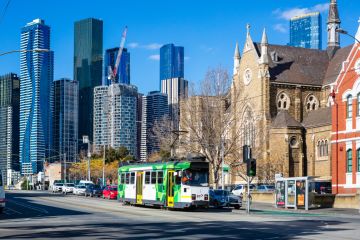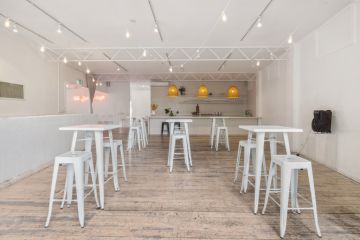What’s your real rent? Analysis reveals the features that will cost (and save) you the most
If the home you rent has an old shower head, a leaking hot tap, and no airconditioning, it could be costing you an extra $1178 per year.
That’s according to new data that reveals which appliances and fixtures of a property have the highest ongoing electricity costs.
The research shows that cheap isn’t always cheerful when it comes to rental properties, and targeting an affordable home with inefficient appliances could end up costing tenants more in the long run.
Portable airconditioners and fan heaters were found to be among the biggest culprits when it comes to high power bills, according to the analysis by Origin Energy provided exclusively to Domain.
These relatively inexpensive devices are often purchased by renters to cool or heat their home if the property doesn’t come equipped with airconditioning or heating.
A fan heater can cost as little as $25 to buy, but as much as $33 more per week to heat a home than a reverse-cycle airconditioner.
Similarly, renters can find themselves forking out up to $15.45 per week to cool their home using a portable airconditioner, about twice the cost of running as a split-system unit.
Knowing the ongoing costs of included appliances, or lack thereof, gives renters a clearer idea of their out-of-pocket expenses than the weekly rent alone.
What renters should look for
Prospective tenants should take note of the appliances, orientation and insulation of potential homes, according to Origin spokesperson Stuart Osbourne. “The absence of any heating or cooling is worth paying attention to,” he said, explaining that using portable devices instead could be very costly.
The age of appliances can also affect running costs. A 15-year-old split system or window-mounted airconditioner is twice as expensive to run as the best-performing 2018 model.
“Look at the age of it,” Osbourne said. “You can pretty much tell from first glance whether it’s two years old or 20 years old.”
Renters should also be wary of properties with large west-facing windows, and ideally choose a home with double-glazing, window awnings, or natural shade from trees, according to Osbourne.
- Related: How to find a rental property
- Related: What are your rights as a tenant?
- Related: What you can and can’t change when renting
Melbourne renter Kane Csoty, 30, has lived in eight different properties over the past decade and, after several high power bills from fan heaters and portable airconditioners, he’s learned the value of airconditioning in a rental property.
“When I first moved out from home, it was probably the last thing on my mind,” he said. “Since living in a variety of different properties … it’s definitely become something near the top of my list.”
“If I’m looking at a place and there’s no split system or cooling or heating, it definitely knocks it down a few pegs.”
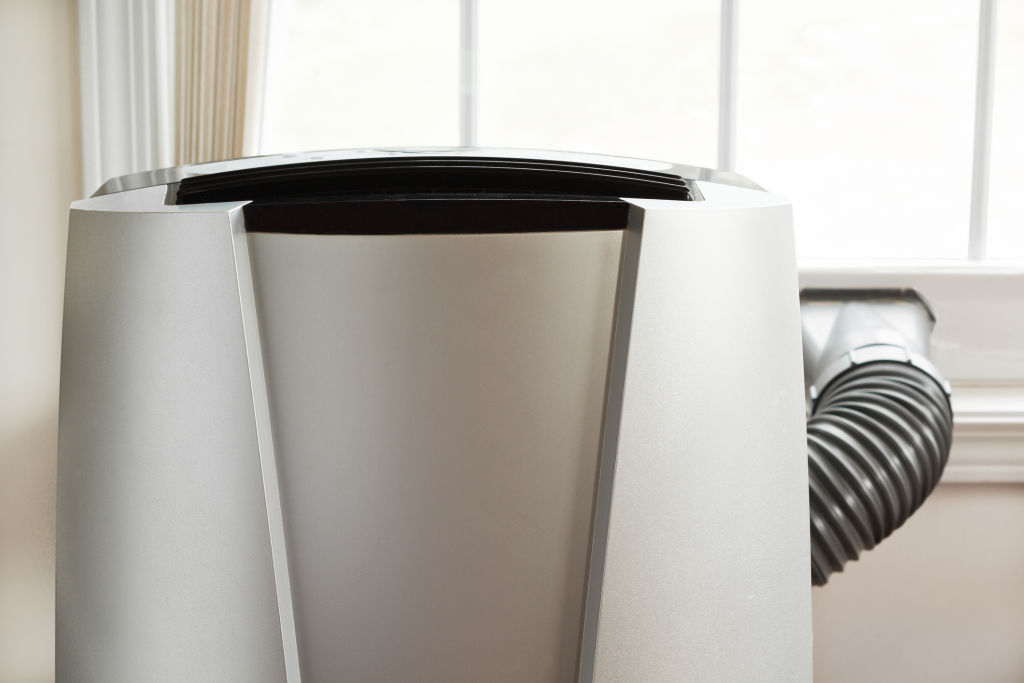
Airconditioners in hot demand
In Sydney, where asking rents have fallen, a pipeline of new properties coming onto the rental market means tenants have more choice and more power when negotiating lease terms.
Older homes without airconditioning have seen less demand during the heat of summer, according to property manager and principal of Stills Properties Brigitte Stills.
“Properties that have an airconditioner are leased far quicker than the ones that don’t,” she said. “Anything that doesn’t have airconditioning at the moment is not going to be leased.”
Stills said tenants have become more proactive about energy efficiency, putting greater pressure on landlords to upgrade older properties.
Tenants Union of NSW senior policy officer Leo Patterson Ross said many landlords were resistant to installing airconditioning due to upfront costs, but encouraged tenants to ask regardless.
“Particularly at the beginning of a new fixed term, it can be worth making the request,” he said. “If rents are falling, and if the investor is feeling a bit nervous, that would tip the scales a little bit further towards you.”
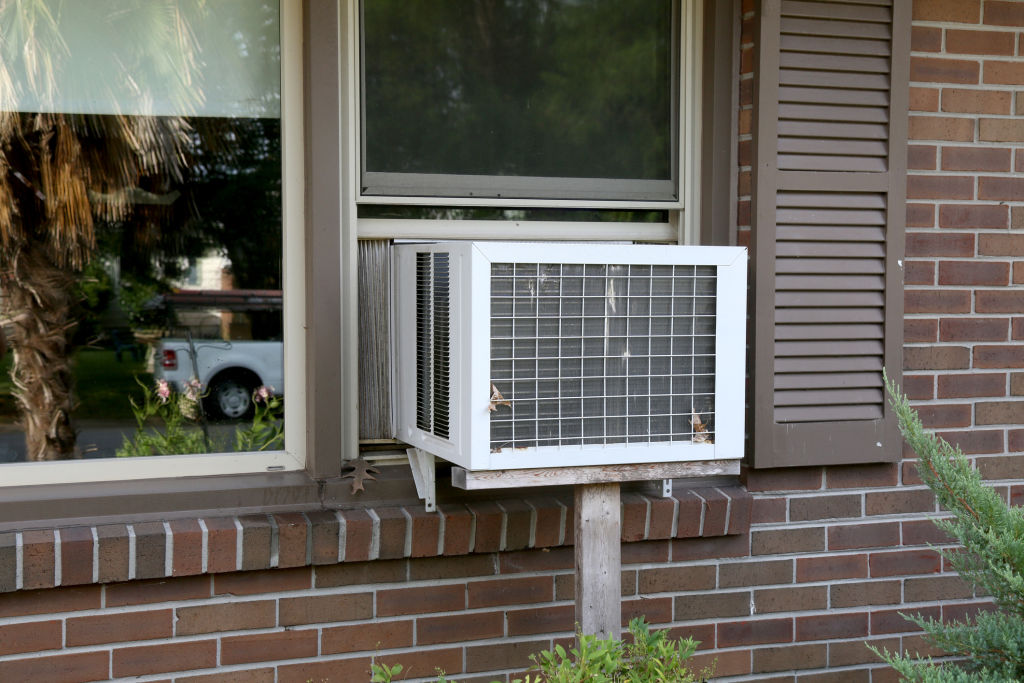
How to deal with costly faults
Rising rents in all other capital cities apart from Darwin may make it more difficult to negotiate upgrades such as airconditioning, but costly faults such as leaking taps should be reported immediately.
A leaking hot water tap can cost up to $7 per week, or $364 per year, but may only requires a replacement washer, which costs a few dollars plus a plumber’s fees of about $100 to change it.
“Anything that’s leaking is classified as an urgent repair and that’s required to be attended to as soon as possible,” Stills said. “If the landlord doesn’t attend to it immediately, tenants are within their rights to go and have it fixed and bill the landlord.”
Inefficient shower heads are another big drain on household finances, with old shower heads costing about $5 more per week than modern three-star models, or $260 per year.
In NSW and Queensland, landlords can only pass on water usage charges if taps and shower heads have a flow rate of less than nine litres per minute. In Victoria, any replacement water appliances, fittings and fixtures need to have a minimum three-star water efficiency rating.
Despite not being classified as an urgent repair, Patterson Ross said tenants still have a case to request a shower head upgrade.
“We routinely tell people to test it with a bucket and a stopwatch, and if it fills up in less than one minute, you don’t owe the water bill,” he said. “That’s a pretty good incentive for landlords to make the repair.”
Efficient shower heads can cost less than $20 to buy, and can be installed while a plumber is onsite for other repairs, minimising the cost to the landlord.
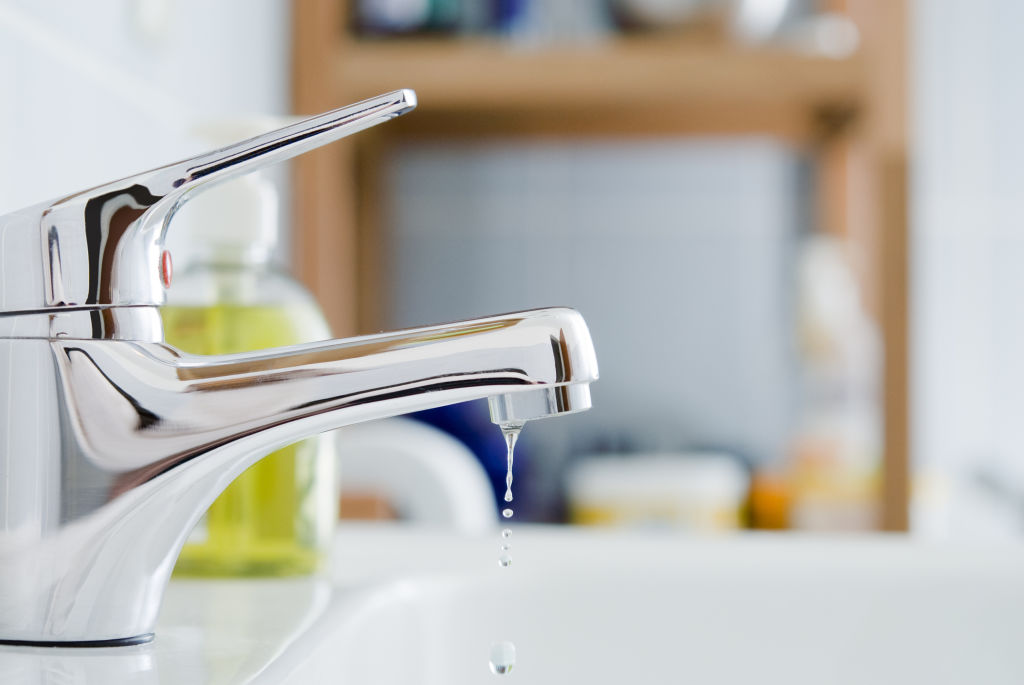
Rental inspection checklist: What to look for to reduce energy costs
- Reverse-cycle split-system airconditioning – A portable airconditioner will cost up to $7.50 more per week to cool the home than a split-system model. A portable fan heater will cost up to $33 per week more to heat the home.
- Three-star or higher shower heads – Standard shower heads can use up to 25 litres per minute, costing $5 more per week than a three-star model.
- Insulation – Wall and ceiling insulation can reduce heating and cooling costs by up to 45 per cent. Curtains, blinds, double glazing and window awnings can help prevent heat from entering the home.
- Front-loader washing machines – Top-loader washing machines use twice as much energy as front-loaders.
- Clothes lines or space for an airer – It can cost up to $1.50 per load to run a 5.5-kilogram dryer.
- LED light bulbs – Lighting accounts for about 6 per cent of a home’s power consumption. LED, compact fluorescent lightbulbs and skylights minimise lighting costs.
What to avoid:
- Dripping or leaking hot water taps
- Older, inefficient airconditioners
- Dryers
- Halogen downlights
- Pool pumps without a timer
Source: Origin Energy
Looking for your next home? Take a look at Domain’s Ultimate Guide To Renting.
We recommend
States
Capital Cities
Capital Cities - Rentals
Popular Areas
Allhomes
More
